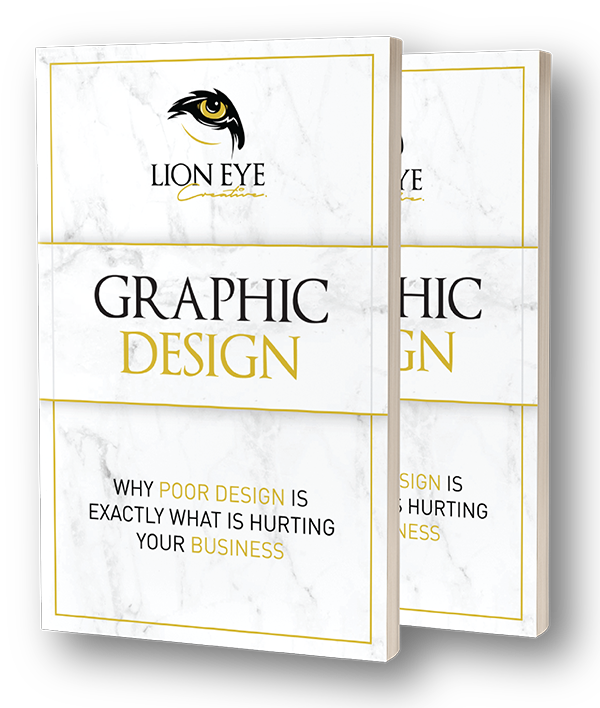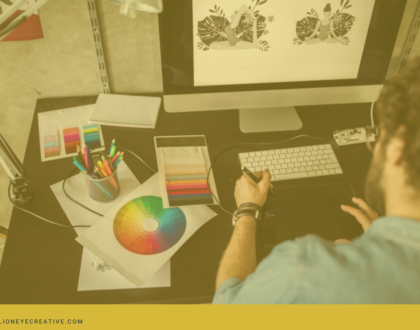
principles of graphic design: conceptualization
Graphic design conceptualization is what goes behind the scene when creating a design. Often, people don’t get to see this part because they are presented with the finished product, like a logo or any visual art.
There are different phases a graphic designer takes before presenting the final shape to his client — there is no alternative to creating the design without conceptualization and it takes the front seat when it comes to designing. Its significance varies from the beginning of ideas to come up with a mockup which is commonly presented as the first draft. Conceptualization also includes gathering information on the project.
What is a conceptual graphic design?
This is the basic work that graphic designers perform at the early stage of putting their ideas into a drawing board — at this stage of the project, the graphic designer determines the broad lines of the design and uses his experience to make a decision on what strategies he’ll use to create the design.
You can consider conceptual design as something that gives you an idea about the project’s problem you have to solve. It also shows how the design will solve the problem and gives you a bigger picture of how it’ll look when completed.
How do you develop a conceptual graphic design?
1. Gather facts and information
Of course, you would like to know your client’s needs from the graphic design and to understand what’s on their minds — you need to gather information and facts. You can set up a meeting, do phone calls, or exchange emails with your clients to get their thoughts on the project. One thing you can do is to prepare a questionnaire for your client to fill out because this would help you collect more details for your conceptualization preparation.
This phase includes researching for the design and keep in mind that this is a time-consuming stage that requires your expertise — in addition, this could take months. Now, you’ll be able to gather data to evaluate and help you come up with a valuable design project.
2. Processing
After gathering facts and information, now is the time for you to use your creativity and give your concept a concrete look — this is the stage where you should keep your client’s goals in mind. You may also want to do some more research to come up with the best outcome.
3. Determine the problem
It is essential that you determine the problem that your graphic design needs to solve and come up with a problem statement — make sure that the statement is based on your client’s project brief. You should also take into account the communication strategy because statements could be revised numerous times until the problem has been examined thoroughly. You should also be able to pinpoint your client’s target audience because they are the ones experiencing the problem to which the statement is prepared.
4. Brainstorming
If you have other team members working on the project, now is the time to clarify with them the graphic design concept and let them know about their specific roles. The team leader will then create the problem statement and ask the members to pitch in their views and opinions with some background details — the ideas should also be compiled into a brief report. It is also crucial that members give their ideas immediately because the goal is to generate as many ideas as you can.
5. Prepare visual presentation
As a graphic designer, you should prepare a visual presentation of the graphic design concept to test it with the audience. If required, you should come up with a headline and a tagline for it and should also include a key visual.
6. Design
This is the phase where you put all the other previous phases into a drawing board or a graphic design tool you use. This is the stage where your clients will receive a lot of fresh ideas from you and gets to approve the ones he likes or prefer for further development.
7. Refining the design
This is the part where you will make adjustments or improvements on the design based on your client’s feedback — this phase will continue until your client is fully satisfied.
Conclusion
People always engage when they see a unique and exciting graphic design because they always find it appealing. We can then say that conceptualizing graphic design is all about presenting information in a manner that would attract your target audience.
For more information about graphic design conceptualization, download our Graphic Design ebook.

Are you looking for some help in understanding graphic design conceptualization? Please feel free to schedule a free discovery call with one of our graphic design specialists now!



